10 Tips, Tricks & Shortcuts For Android Pro
There are a number of options and hidden menus within Android that provide users with more control over their device. There is always an increase in these features and we cover these in our Posts and Videos.With more control, you can better manage how your phone operates. So in this episode of Android Pro Tips & Tricks, we will be talking about some awesome and great features.
Before we continue I think you should know what is Developer Options? How does it work? and What are its main features? as we will talk about some of Developer Options tricks as well.
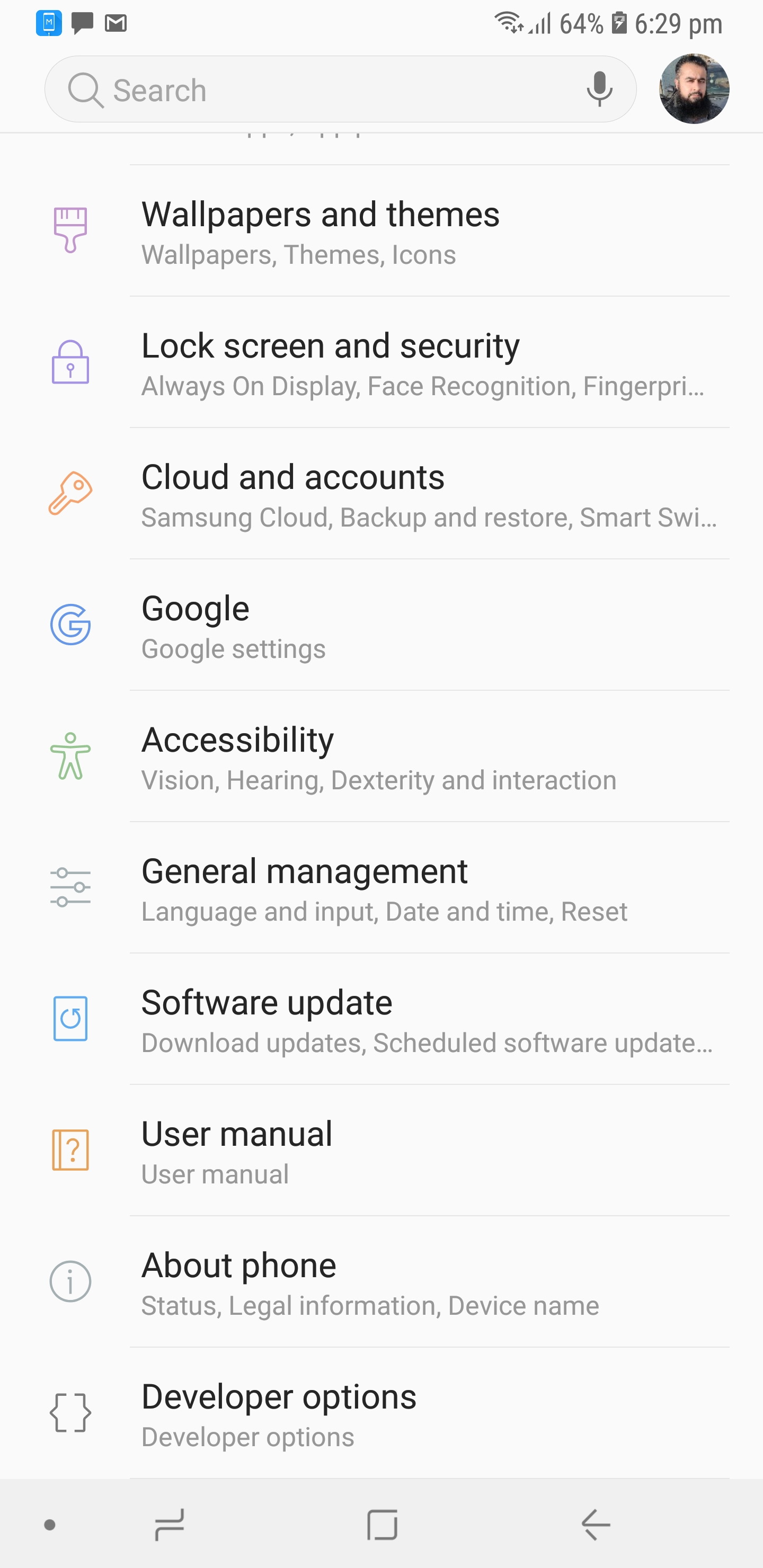
1. Force Split Screen Mode for All Apps | Android Pro Tips
Split screen mode is a pretty useful feature introduced in Android Nougat, allowing multiple apps to be open at the same time. However, as you may have experienced, not all apps support the feature. Thankfully, Android provides a way to force those stubborn apps to work with the split screen.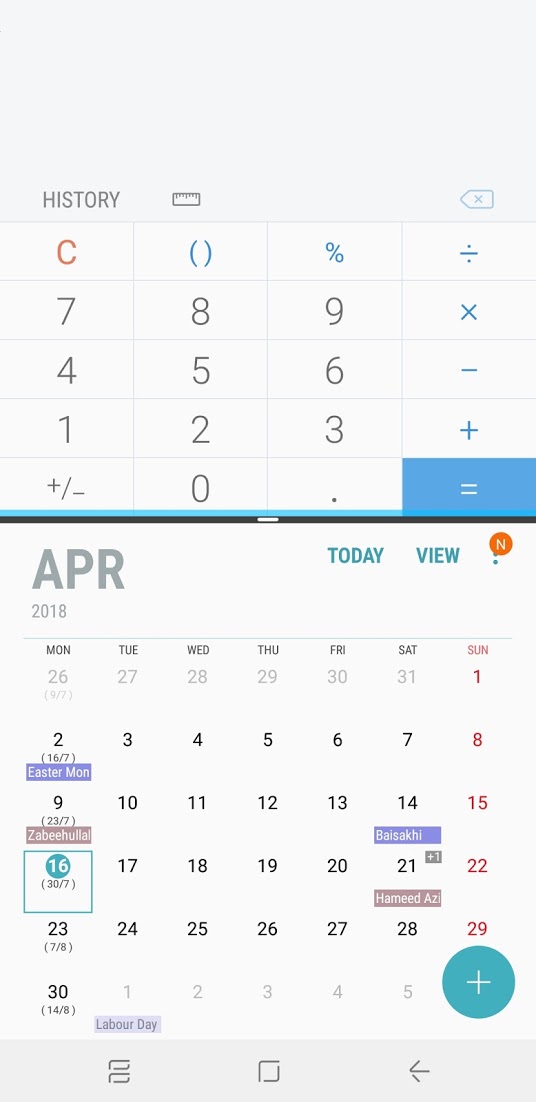
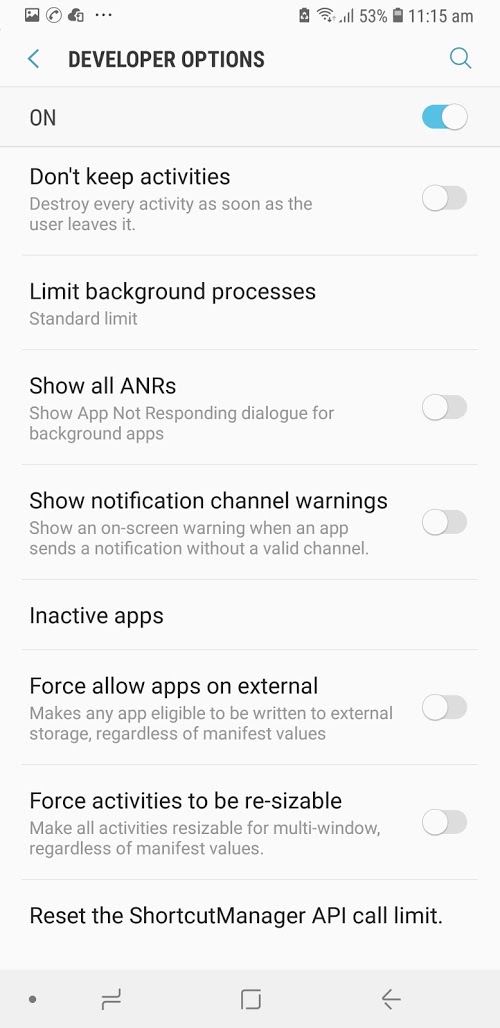
2. Force Apps to Install on Your SD Card | Android Pro Tips
Like split-screen mode, some developers don't support Android's ability to install apps on the micro SD Card. These apps will by default block your ability, but you can circumvent their block in a similar fashion.Remember there are external Apps available for this purpose but we are not talking about External Apps in this tutorial. Head to Developer Options and select "Force allow apps on external." Once enabled, reboot your phone and you should now be able to move any app.

3. Enter Recovery Mode | Android Pro Tips
Recovery Mode is a vital tool for those wishing to do more on their device. You can use it to apply OTA update, factory reset your device, and recover from a soft brick by installing images from the internal (and external) storage. Accessing the Recovery Mode is one of the first steps to rooting your device. Fortunately, most Android smartphones use the same button combination to enter this mode.What you need to do is, first, turn off your phone. Then with your device off, hold the volume down and power buttons at the same time until the device turns on and the logo appears. Then use the volume rocker to navigate through the different options, and press the power button to select an option. For the majority of phones, these two buttons will allow you to successfully enter Recovery Mode.
To enter Recovery Mode faster, keep reading the next two paras. With the button combination for Recovery Mode, the power button's sole purpose is to turn on the phone. However, when restarting or when your device is bootlooping, your device will automatically turn on, making the power button unnecessary. Therefore, during restarts and bootloops, you can omit the power button and simply hold the other button (or buttons for Samsung) until the logo appears.
In case for your device the above combination does not work, then simple to Google and search for the Recovery Mode Combinations / Key for your Device.
Also, for the latest Samsung devices with the Bixby button, the combination is slightly different. With the phone shut down, hold volume up, Bixby button, and power until the phone turns on and the logo appears.
For most phones, here's the best way to try it: Restart your phone from the power menu. When the screen goes black, press and hold the volume down button. From there, your phone will boot itself into Fastboot mode, where you can select the "Recovery Mode" option to boot to recovery.
4. The Fastest Way to Enter Recovery Mode | Android Pro Tips
While the previous two methods are effective at providing you access to Recovery Mode, there is a faster method. It's not available on all phones, but it works on most. This method requires you to enter Developer Options and enable "Advanced Reboot."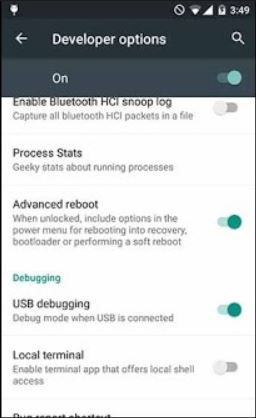
5. Hide Folders | Android Pro Tips
While many gallery and file manager apps include the ability to hide folders, Android has a method which doesn't require the assistance of third-party apps. Using the default File Manager app, create a folder with a name that starts with a ".", such as ".Folder" or ".PrivatePhotos." Once created, you can move your private photos to this folder, as it won't show up in the gallery or Google Photos.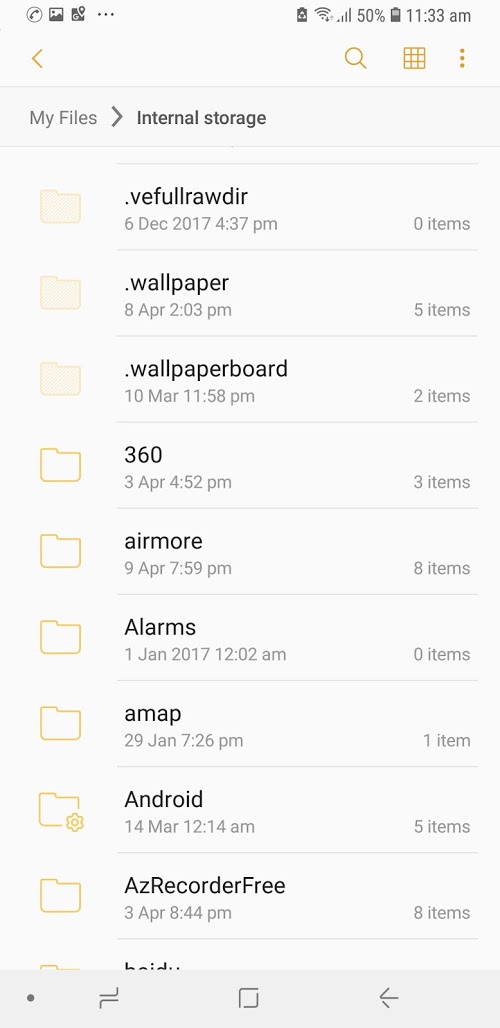

6. Acess More Folders with the Default File Manager | Android Pro Tips
Android's default File Manager is limited. The app will normally only show you the Downloads folder and it can only scan and display certain types of files (such as images, videos, and audio). However, there is a way to access all the folders on the internal storage without installing a third-party file manager.Enter Settings and select "Storage." At this point, there are two ways to achieve the same result. Either your device will have an option named "Explore" or "Files." Choose this option to open the File Manager with a complete list of all folders on your internal drive that doesn't require root to access.
7) Hide Status Bar Icons | Android Pro Tips
I'm sure by this now you have understood Developer Options. Aside from Developer Options, there's another useful menu that's hidden away. This one's called System UI Tuner, and it lets you adjust certain elements of the OS. To unlock it, enable Developer Options, then fully expand your Quick Settings menu. From there, press and hold the gear icon for 5 seconds. When you let go, you should see a toast message stating "System UI Tuner Unlocked." Note that some OEMs disable this feature, however.
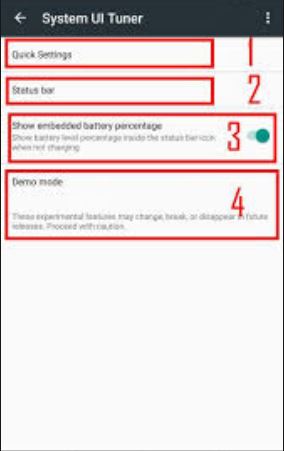
8) Force the Play Store to Update | Android Pro Tips
Google periodically rolls out updates to the Play Store like the recent redesign that changed how apps appear. However, they do this silently, meaning you won't know when the Play Store is updated. Another drawback to this approach is the updated Play Store won't always hit your device right away, even if it's ready.To manually check for an update to the Play Store app, open the app and head to its side navigation menu. From there, select "Settings," then scroll down and tap "Play Store Version." While it looks like a simple list item, this is actually a button that forces the Play Store app to check for a new version.
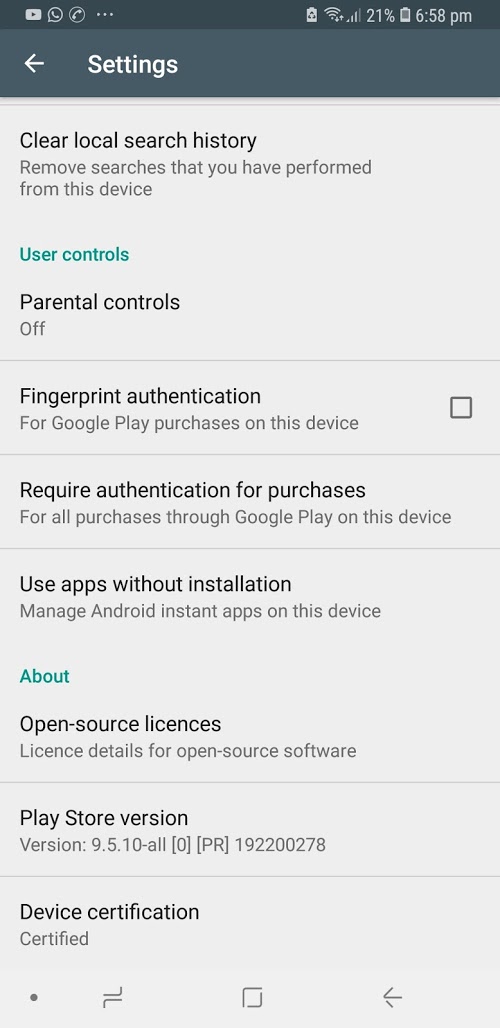
9) Enter Safe Mode | Android Pro Tips
With all the malware out there, there are times when you might need to disable some of the third-party apps on your phone. This is what Safe Mode is for — booting into this mode will prevent third-party apps from running, allowing you to find and disable any potential malware threats while they're neutralized.To enter Safe Mode, long press your power button to bring up the power menu. From there, long-press the "Power off" option, then press "OK" when asked if you'd like to enter Safe Mode. When you're done with Safe Mode, you can get back to normal mode by simply restarting your phone.
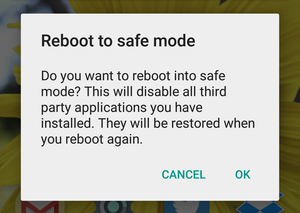
10) Use Websites Like Apps | Android Pro Tips
While the Play Store has over 3.5 million apps, there are some websites that still haven't created an app for their users. Luckily, there's a way to transform some of your favorite websites into an app-like experience and it only requires the use of Chrome.Chrome supports a feature known as Progressive Web Apps (PWA). These are web applications which are web pages that operate similarly to mobile applications. These apps can be saved to the home screen for easier access, are designed for small touchscreen operation, and include animations and layouts common among mobile applications. However, this tool requires the web developers to build in support, which means PWA won't work with all websites.
To try it, open Google Chrome and visit a website. Once the page loaded, tap the menu button and choose "Add to Home Screen." A popup will emerge which will let you change the name of the icon and inform you if the website supports PWA. Websites that support the feature will display the icon of the website, while those which don't will display the first letter of the website's name. While you can still add the latter to your home screen, it will operate as a web link which will open up Chrome to the website. However, a PWA will operate without opening the browser, performing similarly to apps on the Play Store.








So which one is more interesting? Share your Top Tips & Tricks. :)
ReplyDelete